Reflective sunlight
lowraine
14 years ago
Featured Answer
Sort by:Oldest
Comments (21)
daylilyfanatic4
14 years agogreenbean08_gw
14 years agoRelated Professionals
Ballwin Landscape Architects & Landscape Designers · Washington Landscape Architects & Landscape Designers · Canton Landscape Contractors · Gainesville Landscape Contractors · Mooresville Landscape Contractors · Byram Landscape Contractors · Cambridge Landscape Contractors · Camp Verde Landscape Contractors · Hayward Landscape Contractors · Mashpee Landscape Contractors · Paterson Landscape Contractors · Norridge Landscape Contractors · Brea Fence Contractors · Lake Jackson Fence Contractors · Parkland Fence Contractorslowraine
14 years agogmreeves
14 years agodkornacki_inbox_com
14 years agogumby_ct
14 years agoDan _Staley (5b Sunset 2B AHS 7)
14 years agogardningscomplicated
14 years agogumby_ct
14 years agoDan _Staley (5b Sunset 2B AHS 7)
14 years agogardningscomplicated
14 years agoDan _Staley (5b Sunset 2B AHS 7)
14 years agogardningscomplicated
14 years agokima_2010
14 years agoDan _Staley (5b Sunset 2B AHS 7)
14 years agowordwiz
14 years agoVesna17
10 years agoDeborahSeattle
10 years agoheavenlyevl1
7 years agoHU-658081896
3 years ago
Related Stories
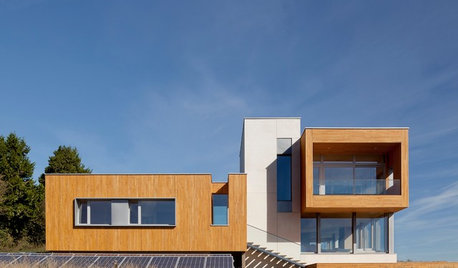
GREEN BUILDINGSunlight Used Right: Modern Home Designs That Harness Solar Power
Embracing passive heating principles through their architecture, siting and more, these homes save energy without skimping on warmth
Full Story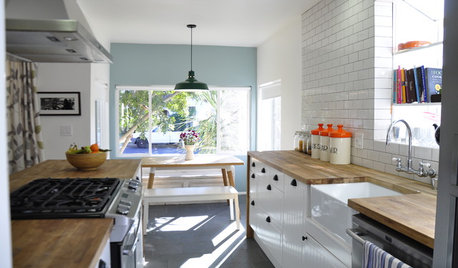
HOUZZ TOURSHouzz Tour: Sunlight and Family Friendliness for a California Cottage
A family of 4 gets comfy in a guesthouse, thanks to lots of light and forgiving materials
Full Story
REMODELING GUIDESGlass Home Exteriors Reflect Modern Tastes
Advances in coatings and insulation make glass a more usable choice for home exteriors than ever before
Full Story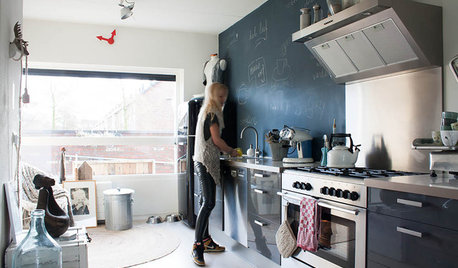
HOUZZ TOURSMy Houzz: Laid Back With Lots of Style
Casually artful, this stylist’s house gleams with abundant sunlight, open spaces and creative vignettes
Full Story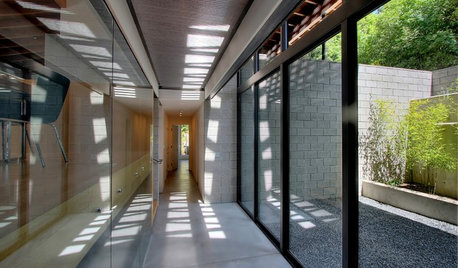
ARCHITECTUREDesign Workshop: How to Borrow Light
You can save energy by using glass walls, windows and skylights to bring sunlight into dark areas of your home
Full Story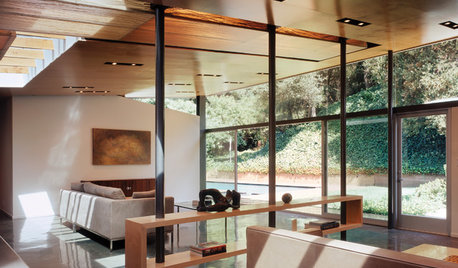
GREEN BUILDINGLook to the Sun for More of Your Home's Lighting
Manage sunlight with design-savvy windows, solar tubes and skylights to save energy and show your home's beauty
Full Story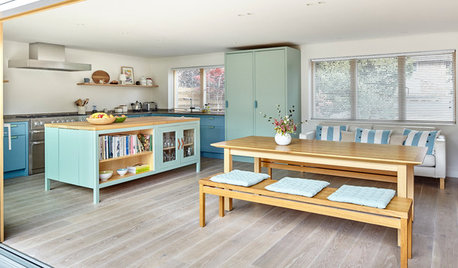
HOMES AROUND THE WORLDHouzz Tour: English Country Home Refurbished for Modern Living
Sunlight, soothing colors and natural materials transform the property from a muddled and dated space into a light, welcoming home
Full Story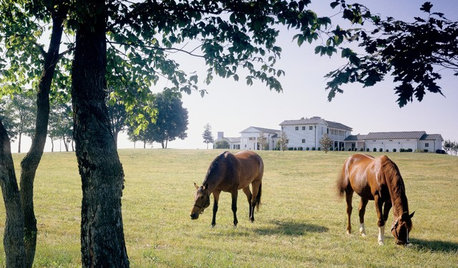
HOUZZ TOURSHouzz Tour: Spacious Farmhouse in Virginia
A historically inspired farmhouse welcomes a host of foster horses, dogs and cats along with bountiful Virginia sunlight all day long
Full Story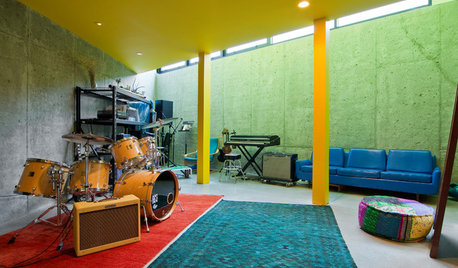
HOUZZ TOURSMy Houzz: Color This Utah Home Terrific
Candy-colored walls lit up by sunlight and a streamlined, open layout make a family’s new house one of a kind
Full Story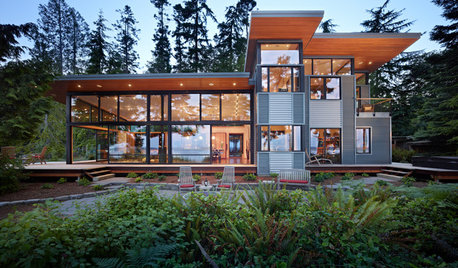
ARCHITECTUREWhat You Must Know About the Sun and Your Home
Learn about the powerful effects of sunlight on house materials and more, and see 7 homes that address the sun's rays beautifully
Full StorySponsored
Leading Interior Designers in Columbus, Ohio & Ponte Vedra, Florida






Fay Jones Day Tile